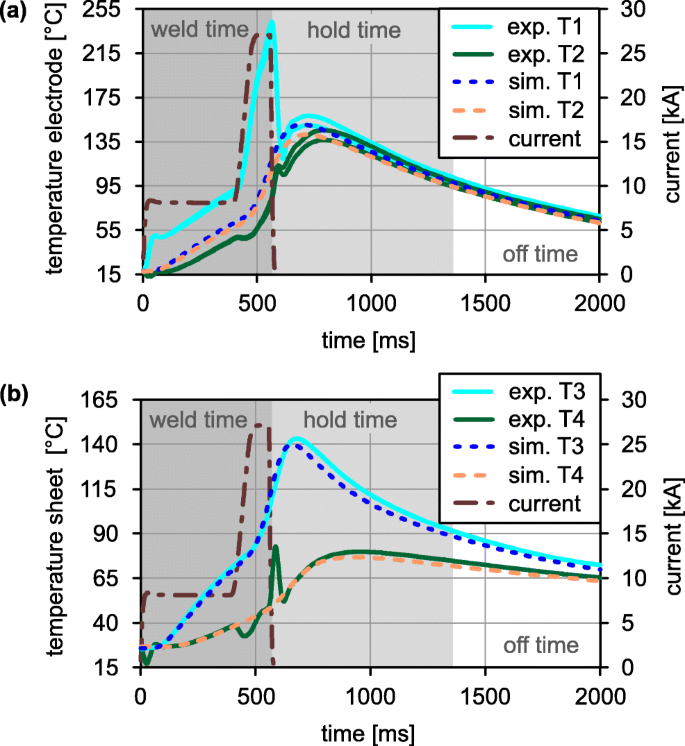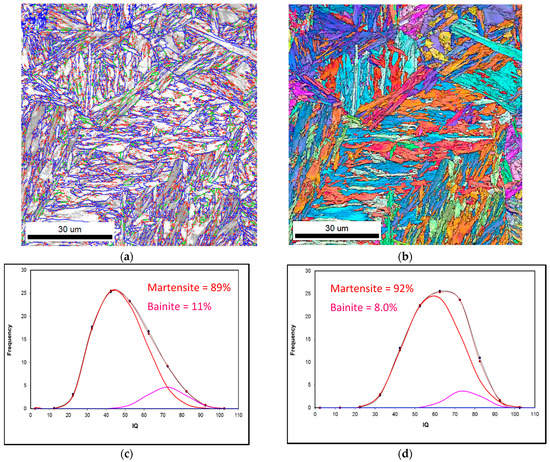

The obtained pigments were characterized by X-ray diffractometry, scanning electron microscopy, laser diffraction particle size, and UV-Vis diffuse reflectance spectroscopy.

For this, after disassembling the batteries, the components were subjected to water leaching, milling and heat treatment at high temperatures with an addition of 33% (in mol) commercial or recovered from own alkaline batteries anodes zinc oxide. Synthesis of Brown Inorganic Pigments with Spinel Structure from the Incorporation of Spent Alkaline Batteries Articles Almeida, Letícya Jéssica Ībstract In this work, inorganic pigments were synthesized by solid state reaction, from the incorporation of components of exhausted alkaline batteries.This efficiency was attributed to the radicals generated from the TiO2 and the high specific surface area, showing that TiO2/Sep is promising candidate in the degradation of organic pollutants. The prepared samples presented 72% photocatalytic efficiency for eosin (EA) dye discoloration after 150 min under UV light. Photocatalytic experiments were performed under UV irradiation with various photocatalyst concentrations and pH effects in the reaction. The results showed that TiO2/Sep structure was identified in all characterizations, showing the specific peaks, bands, mass loss, and morphology after the impregnation process. The prepared samples were characterized by X-ray diffraction, Fourier Transform Infrared spectroscopy, Scanning Electron Microscopy coupled to energy dispersive spectroscopy, and thermogravimetric analysis. TiO 2 Immobilized on Fibrous Clay as Strategies to Photocatalytic Activity Articles Oliveira, Wemerson Vieira de Ībstract TiO2 immobilized in Sepiolite (TiO2/Sep) was successfully prepared by the sol-gel technique, with titanium isopropoxide as the precursor for the formation of TiO2 in the anatase phase calcined at 400 ☌.Furthermore, dyeing with a basic and acid dye caused the dyeability increases for the plasma-treated sample compared with the untreated sample. A better fixation of dye was also observed after the atmospheric plasma treatment. Infrared spectroscopy analyses indicated that C-H, N-H, and N-O groups in PA increased after plasma treatment, explaining the improved coloring strength for the plasma-treated samples when dyed with reactive and acid dyes. A significant reduction of the contact angle was observed for plasma-treated PA. In addition, the dyeing and washing processes were also investigated. These properties of the fabric were evaluated by the water contact angle, x-ray diffraction, infrared spectroscopy, scanning electron microscopy and atomic force microscopy techniques. In this study, the hybrid corona-dielectric barrier discharge plasma treatment was employed to modify the physical, chemical and morphological characteristics of a half-knitted fabric composed of 92% polyamide 6.6 and 8% elastane (PA).


 0 kommentar(er)
0 kommentar(er)
